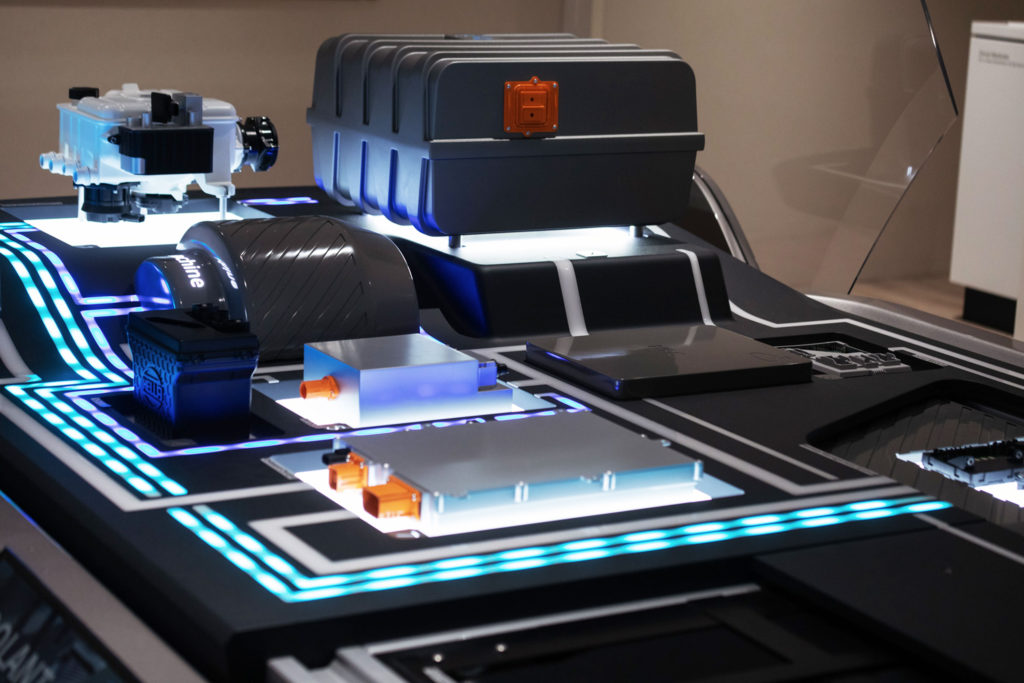Fuses and circuit breakers are designed to protect electrical systems from damage and prevent fires if there’s a short circuit or other issue. While incredibly important, neither of these components are very smart; the former burns out if it’s subjected to too much current and the latter just cuts power. Bringing electrical safety into the 21st century, supplier company Forvia has developed a technology called eFuse that can protect delicate electrical systems and reduce the risk of fire while still enabling critical vehicle functionality.
“What do we have today in cars?” asked Ben Cohen, head of sales excellence and marketing at Hella while giving EV Pulse a tour of Forvia’s CES showcase. “We have melting fuses.” If there’s a short circuit or excessive load the fuse burns out and, “You’re done.” Whatever component was protected by the fuse is no longer operational because it’s not receiving any power; the circuit is open.
SEE ALSO: You can rent a Hyundai EV for a month with the new Evolve+ program
Breakers and fuses are pretty much binary, they either flow electricity or they don’t; there’s no in-between. But Forvia’s new eFuse gives engineers new options to power vehicle features even if there’s a fault or other failure.

“The eFuse has logic in it, so it’s always monitoring the systems,” explained Cohen. Ideally, vehicle amenities like electrically assisted power steering, lane-keeping assist or pedestrian-detection systems need to be fail-operational, that is, they need to offer some level of functionality even if there’s a fault. How unsafe would a vehicle be if it completely lost all exterior lights just because there was an issue with the automatic high beams? That would not be good. “So, if something goes wrong, you still have to be able to [drive your car],” said Cohen.
“eFuses replace traditional melting fuses with software algorithms that detect deviations from normal power flow,” a media release shared by Forvia explains. “Potential risks and safety hazards are identified … during onset, and mitigation actions can be started to restore safe energy flow.”
Preventive maintenance is another core aspect of eFuse technology. Cohen said if something goes slightly out of spec, the system can alert you with a check engine light, a text message or other warning. This enables you to get your vehicle in for service, which “can prevent something before it becomes a catastrophic failure.” As the old saying goes, an ounce of prevention is worth a pound of cure. Nipping issues in the bud can save you time and costly repairs in the long run.

eFuse technology can maintain vehicle safety and protect delicate electrical components while still enabling critical functionality if there’s a fault or other failure. “It’s the computer using logic to be able to know what it should be and then redirecting or directing things as it knows,” said Cohen.
CHECK THIS OUT: Honda’s upcoming CR-V-based, fuel cell-powered vehicle will support bi-directional charging
Forvia’s innovative eFuse technology is still under development, though automakers are very interested in what this can offer. The technology is expected to hit the market in the next two years or so, meaning vehicles are currently being developed with this technology baked right in.

